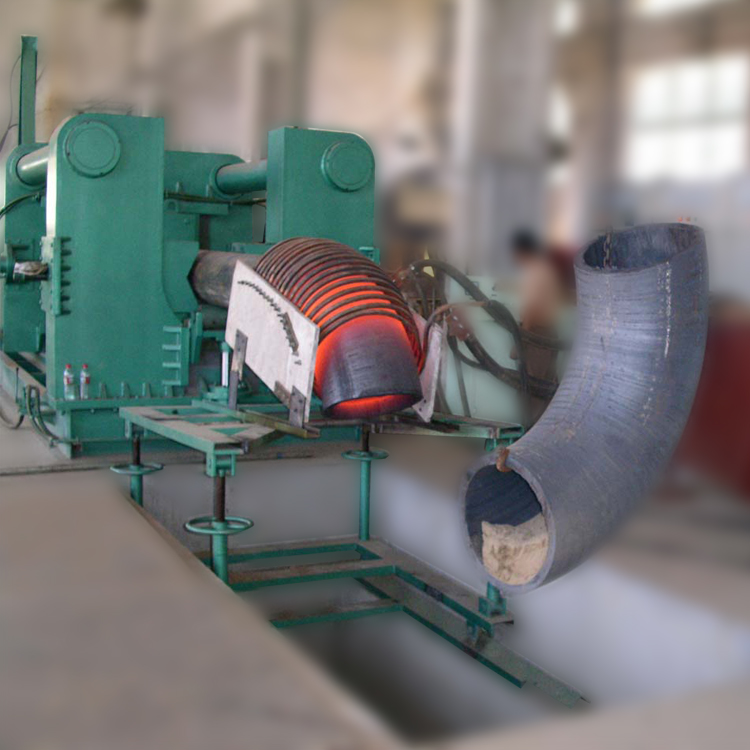The troubleshooting method of elbow machine mainly includes the following aspects: power supply problem, motor itself problem, motor control problem and other problems. I'll detail the troubleshooting methods for each aspect below.
First, the power supply problem:
1. Check the voltage: Use a multimeter or voltmeter to measure the power supply voltage and ensure that it matches the voltage required by the device. If the voltage is unstable or too low, it may be a fault of the power supply line or a fault of the power supply device. The solution is to repair the wiring or replace the power supply.
2. Check the power cable plug: Check whether the power cable plug is securely connected to ensure that it is not loose or damaged. If a problem is found, the plug can be replaced or reconnected.
Second, the motor itself:

1. Check the motor coil: Use a multimeter to check the resistance value of the motor coil to ensure that it is in the normal range. If the resistance value is too high or infinite, the motor coil may be open. The solution is to replace the motor or repair the coil.
2. Check the motor bearing: check whether the motor bearing has abnormal noise or overheating phenomenon. If so, it may be bearing damage. The solution is to replace the bearing or lubricate the bearing.
3. Check the motor insulation: Use the insulation resistance tester to check the motor insulation resistance value to ensure that it is within the normal range. If the insulation resistance value is too low or infinitesimal, the motor insulation may be damaged. The solution is to repair the insulation or replace the motor.
Three, motor control problems:
1. Check the motor starter: Check whether the contact of the motor starter is clean and in good contact. If the contact is poor, it may cause the motor to fail to start or start difficult. The solution is to clean the contacts or replace the starter.
2. Check the motor protection device: check whether the motor protection device works normally, such as thermal relay, overload protector, etc. If the protection device is too sensitive or fails, it may lead to frequent overload or overheating of the motor. The solution is to adjust the protection device or replace the faulty protection device.
Iv. Other questions:
1. Check the transmission system: check whether the coupling, belt, gear and other components of the transmission system are in normal operation. If fault or wear is found, it may cause the motor to not work properly. The solution is to repair or replace the faulty part.
2. Check the junction box and connector: Check whether the contact between the junction box and connector is good and ensure that there is no loosening or corrosion. If a problem is found, you can re-tighten or replace the connector.
Summary: The above is for the elbow machine fault removal methods. When troubleshooting, be sure to pay attention to stability, ensure that the power has been cut off and prevent electric shock. If the fault persists, contact technical maintenance personnel for further troubleshooting and repair.
For more knowledge about elbow machine, please pay attention to our website: http://www.fitting-equipment.com
|